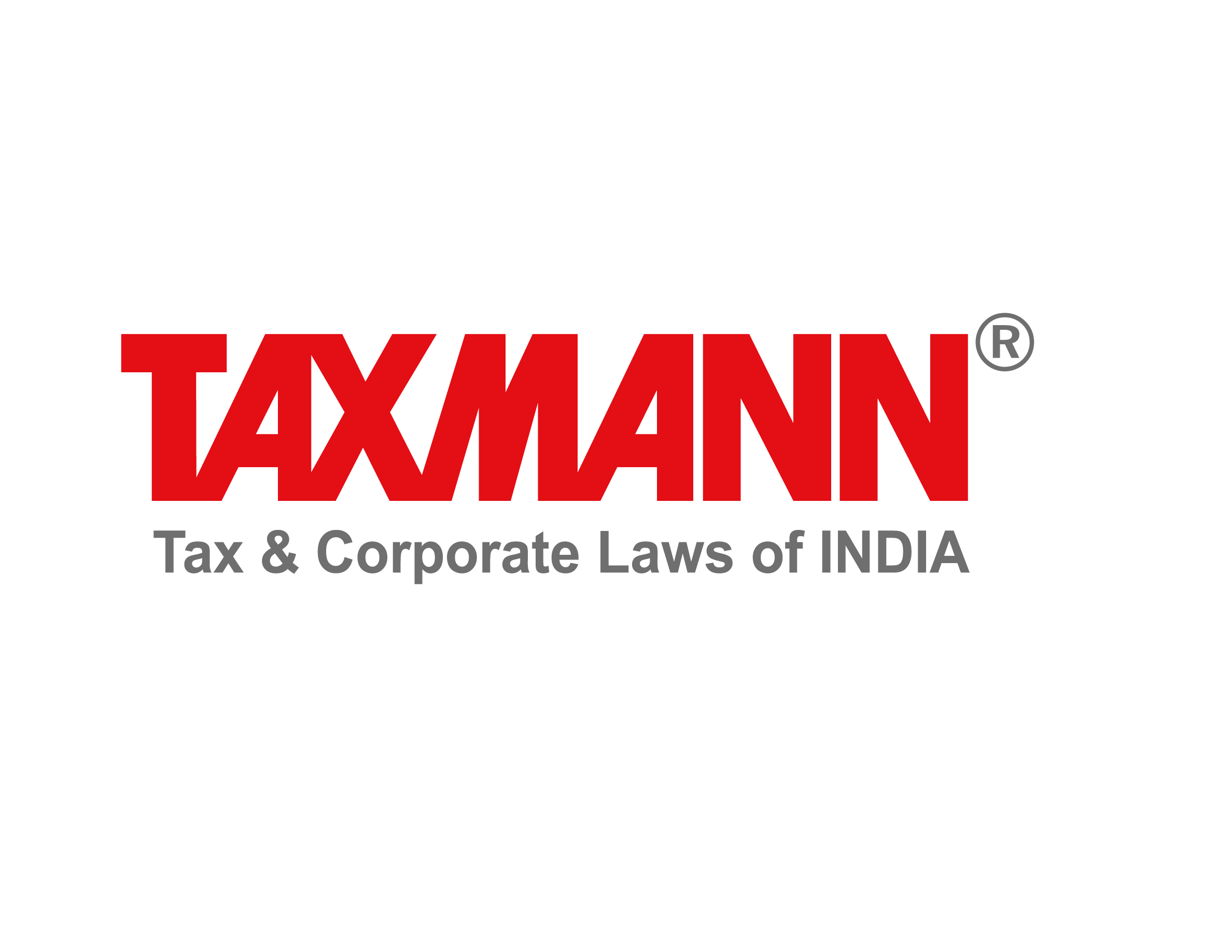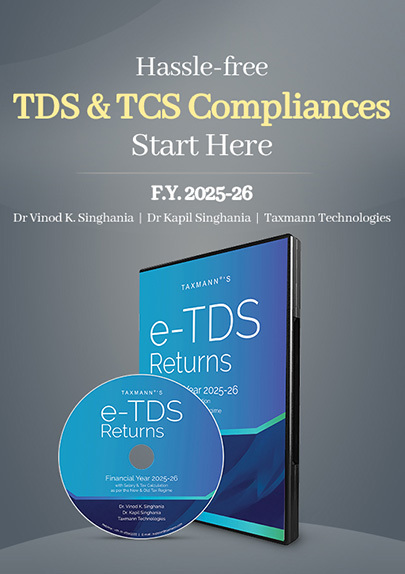DPDP in Healthcare Ecosystem – HealthTech and Hospitals
- Blog|Company Law|
- 3 Min Read
- By Taxmann
- |
- Last Updated on 4 May, 2025

The Digital Personal Data Protection Act, 2023 (DPDP) in the healthcare ecosystem establishes a legal framework to govern the collection, processing, storage, and transfer of digital personal health data. It aims to protect the privacy of patients (Data Principals) while ensuring that healthcare providers, hospitals, clinics, insurers, and health-tech platforms (Data Fiduciaries) handle sensitive medical information responsibly.
Table of Contents
- Regulatory Landscape
- Lawful Bases in Healthcare
- Processing Children’s Data in Paediatrics
- Data Retention & Erasure
- Cross‑Border Tele‑Health
- Implementing the Rights Portal in Hospitals
- Conclusion
Check out Taxmann's Digital Personal Data Protection Act 2023 with Draft Rules – Bare Act with Section Notes which offers a robust framework for India's data privacy landscape. It clarifies rights and safeguards for Data Principals, details obligations for Data Fiduciaries, and highlights recent legislative updates from statutes like the IT Act and RTI Act. Comprehensive Section Notes and FAQs delve into key principles such as consent and cross-border transfers, simplifying complex provisions for easy reference. The book's structured approach, with illustrations, indexes, and a clear layout, caters to legal practitioners, corporate counsels, regulators, students, and IT professionals.
1. Regulatory Landscape
| Regime | Coverage | Status |
| DPDP Act 2023 | All digital health personal data | Enacted |
| DISHA Bill 2018 | Digital Information Security in Healthcare | Draft |
| National Digital Health Mission (NDHM) | Health‑ID, e‑consent framework | Operational (Ayushman Bharat Digital Mission) |
DPDP is the primary statute; NDHM standards act as Codes of Practice under Section 26.
2. Lawful Bases in Healthcare
| Scenario | Legal Ground | Rationale |
| Out‑patient registration | Consent (Section 6) | Routine processing. |
| Emergency room (unconscious patient) | Medical emergency (Section 7(5)) | Consent is not required. |
| Epidemic surveillance | Epidemic clause (Section 7(6)) | Govt‑mandated reporting. |
| Clinical research | Section 7(4)(a) – Research exemption | Must anonymise or obtain ethics committee approval. |
3. Processing Children’s Data in Paediatrics
- Parental consent is mandatory for all patients under 18.
- No behavioural tracking in patient portal games.
- Tele‑medicine recordings involving minors → store in India (MoHFW advisory) + enhanced encryption.
4. Data Retention & Erasure
| Record Type | Statutory Minimum | DPDP Over‑ride? |
| In‑patient case sheet | 3 yrs (Clinical Establishments Rules) | Retain for 3 yrs despite erasure request. |
| Radiology images | 5 yrs (Atomic Energy Regulatory Board) | — |
| Tele‑consult video | 30 days (Tele‑medicine Guidelines) | Can erase sooner if no dispute. |
5. Cross‑Border Tele‑Health
- Teleradiology reads by US radiologists → allowed unless US becomes black‑listed.
- Contract must bind radiologist to DPDP breach notice and confidentiality.
- If AI‑model training uses Indian patient data → ensure anonymisation or explicit consent.
6. Implementing the Rights Portal in Hospitals
- Use ABDM Consent Manager plug‑in; interoperable with Health ID.
- Provide a kiosk for non‑tech patients to request records or corrections.
- The nominee feature aligns with Medical Power of Attorney workflows.
7. Conclusion
Health‑sector entities must overlay DPDP’s horizontal obligations atop specialised medical record rules, ensuring patient privacy without impeding care delivery.
Dive Deeper:
Overview of Digital Personal Data Protection Act (DPDP Act) 2023
Scope and Key Definitions Under DPDP Act
Rights of Data Principals under the DPDP Act 2023
Lawful Processing and Consent under DPDP Act 2023
Cross‑Border Data Transfers under the DPDP Act 2023
Obligations of Data Fiduciaries under DPDP Act 2023
Data Privacy Breach | Enforcement | Penalties under the DPDP Act
DPDP Act Compliance Checklist for Businesses
DPDP Act vs IT Act – Shifting India’s Data‑protection Paradigm
DPDP Act vs EU GDPR Compliance – A Comparative Analysis
DPDP Act Impact on Startups and SMEs in India
FinTech and BFSI – Sector-specific Guidance for DPDP Compliance
Disclaimer: The content/information published on the website is only for general information of the user and shall not be construed as legal advice. While the Taxmann has exercised reasonable efforts to ensure the veracity of information/content published, Taxmann shall be under no liability in any manner whatsoever for incorrect information, if any.

Taxmann Publications has a dedicated in-house Research & Editorial Team. This team consists of a team of Chartered Accountants, Company Secretaries, and Lawyers. This team works under the guidance and supervision of editor-in-chief Mr Rakesh Bhargava.
The Research and Editorial Team is responsible for developing reliable and accurate content for the readers. The team follows the six-sigma approach to achieve the benchmark of zero error in its publications and research platforms. The team ensures that the following publication guidelines are thoroughly followed while developing the content:
- The statutory material is obtained only from the authorized and reliable sources
- All the latest developments in the judicial and legislative fields are covered
- Prepare the analytical write-ups on current, controversial, and important issues to help the readers to understand the concept and its implications
- Every content published by Taxmann is complete, accurate and lucid
- All evidence-based statements are supported with proper reference to Section, Circular No., Notification No. or citations
- The golden rules of grammar, style and consistency are thoroughly followed
- Font and size that’s easy to read and remain consistent across all imprint and digital publications are applied





 CA | CS | CMA
CA | CS | CMA
